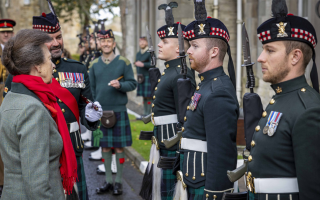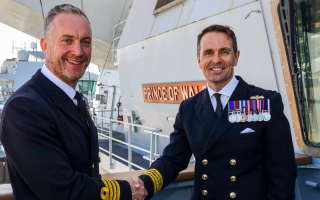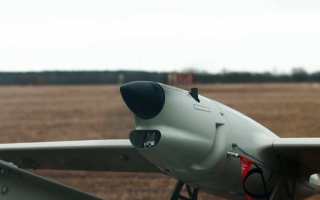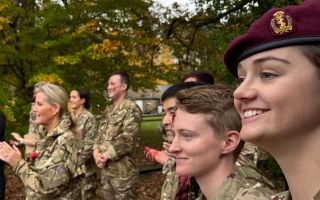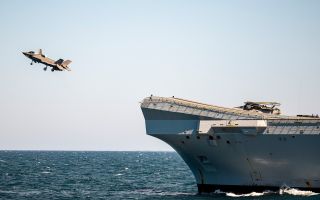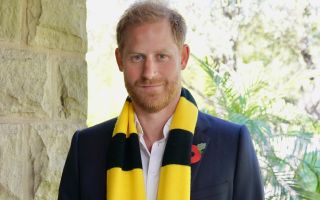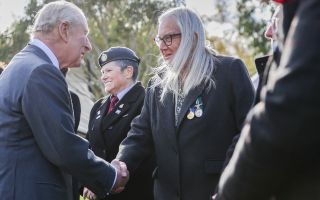Japan: What US Personnel Are Doing In The Country
In a series of reports from Japan, as we mark the arrival of British troops training on Japanese soil for the very first time, Forces News has been given special access to the Yokota Air Force Base near Tokyo.
Around 38,000 US military personnel are in Japan with US forces spread across 85 facilities.
Yokota Air Force is the only airlift wing in the West Pacific, it's the transportation hub for personnel and cargo coming through the region.
The air base is older than the Airforce itself after it opened in 1940 as Tama Army Airfield, a flight test centre and aviation maintenance school for the Japanese Imperial Army.
During the week, preparations were being made for the arrival of a Typhoon - in order to ensure the aircraft would not be damaged or destroyed they've been evacuating aircraft from the base.
Lieutenant John Wood, C130 J CO-Pilot, 36th Airlift Squadron said:
"Right now we're in the middle of Typhoon season so every now and then we'll get a Typhoon coming in through here through Yokota and obviously the aircraft are a huge concern for us here - we don't want anything to happen to them.
"We're prepping for the next couple of days to potentially have to move them out to either South Korea or Guam just to get them out of the way of the storm."
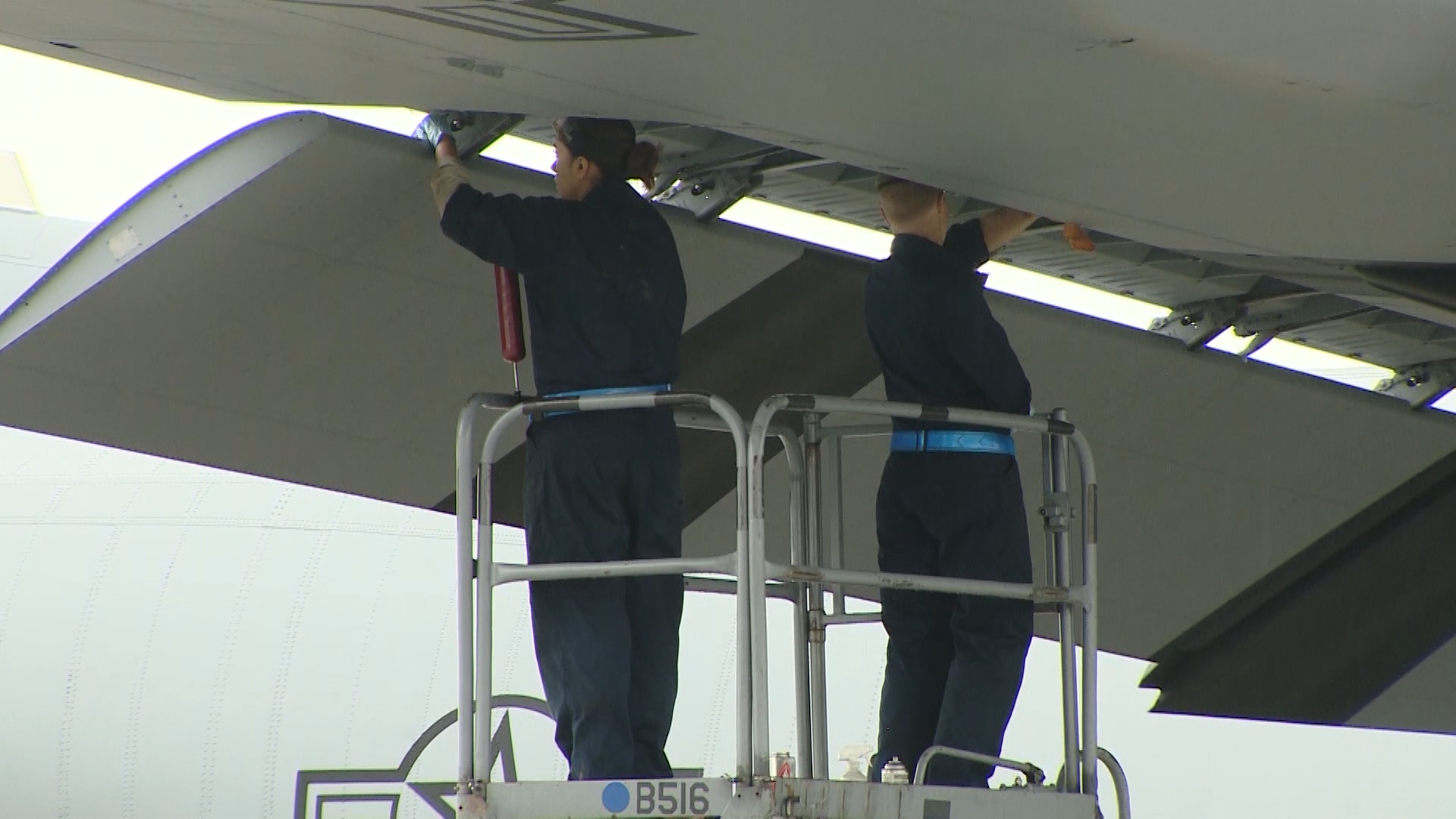
They're looking to possibly move around 10-12 aircraft in preparation.
Within the airbase, around 11,500 personnel work there and 3,000 of them are on active duty.
In 2017 the base saw 6,000 missions, 112,000 passengers transported and more than 17,000 tonnes of cargo processed and distributed.
But with a range of threats in the region, including North Korea, the base Commander told Forces News the relationship between Japan and the United States couldn't be more important.
Colonel Otis Jones, Commander, 374th Airlift Wing said:
"We don't pay too much attention to the political fever - our job here is to be a ready force, when called - if called - hopefully never called.
"But what we understand is that readiness is to be a deterrent in itself for any conflict."
Col Jones added: "We're here to safeguard US interest both at home and abroad"
Over the years, Yokota Air Base has hosted a variety of aircraft types and missions.
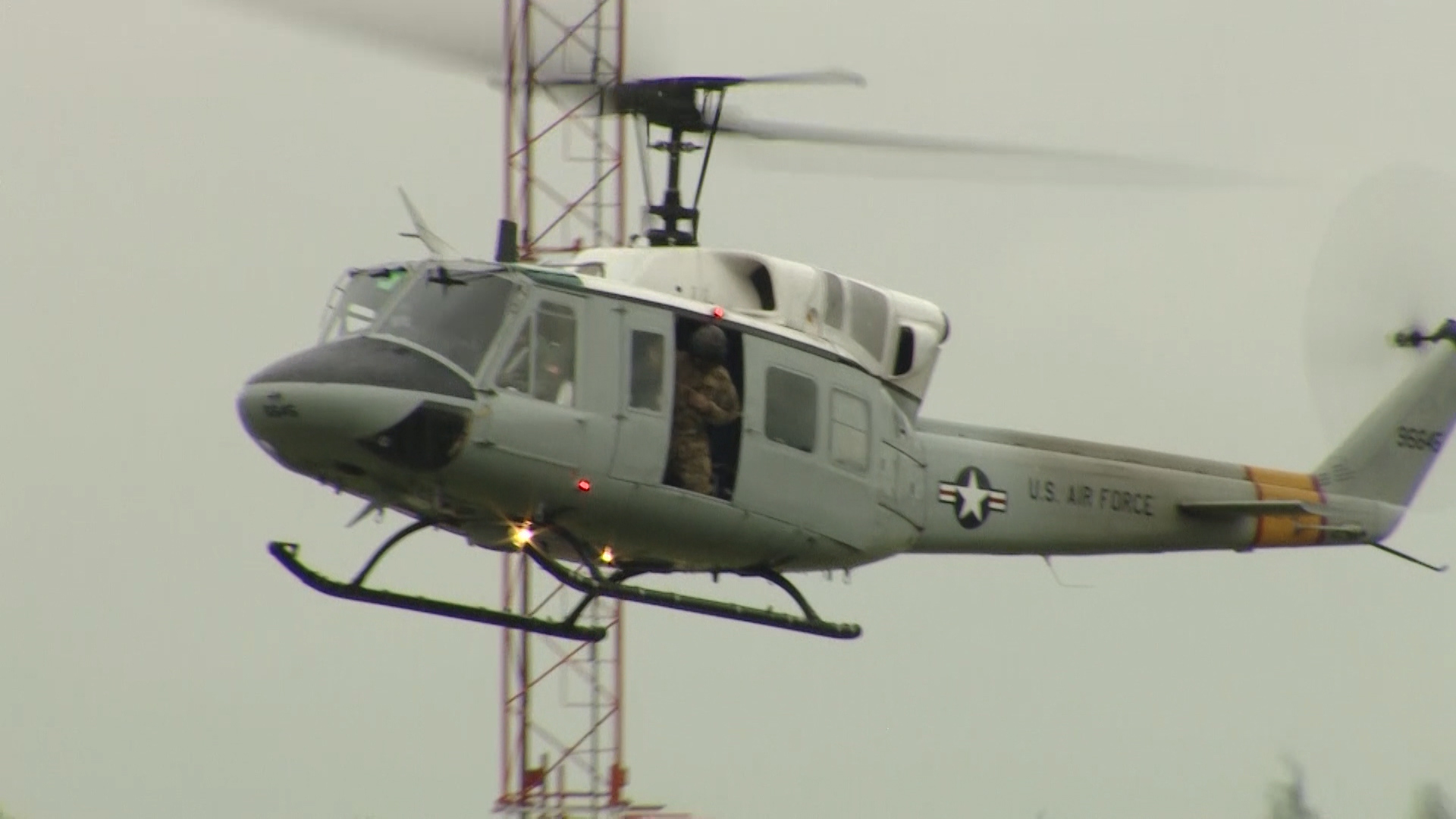
The Wing was among the first to the fight in the Korean War and also provided critical airlift and air evacuation support during the Vietnam War.
Since the mid-1970s, theatre airlift in support of United States Indo-Pacific Command has been the wing’s primary mission.
Some of the aircraft used in the Vietnam War are still being used at the base - including the Bell UH-1N Twin Huey.
Scott Gregory, Captain of UH-1N Huey, said: "This model of helicopter has been flying for a long time, this particular model was built in 1969 way back in the Vietnam era.
"If you've seen any Vietnam movie then you've definitely seen a helicopter like this."
Today, the missions are quite different- Mr Gregory explains:
"Although it seems like at this base we're pretty close to Tokyo, its only about 20 miles but with congestion, it can take two to three hours to drive into the city - so for Generals and Colonels who have important meetings with the Japanese, we are a quick option for transport.
"The other thing we do here is an Air Ambulance programme so if someone is hurt or sick more than the care of this base could provide, rather than going to a Japanese hospital, we're able to transport them to a Navy facility around 30miles away."
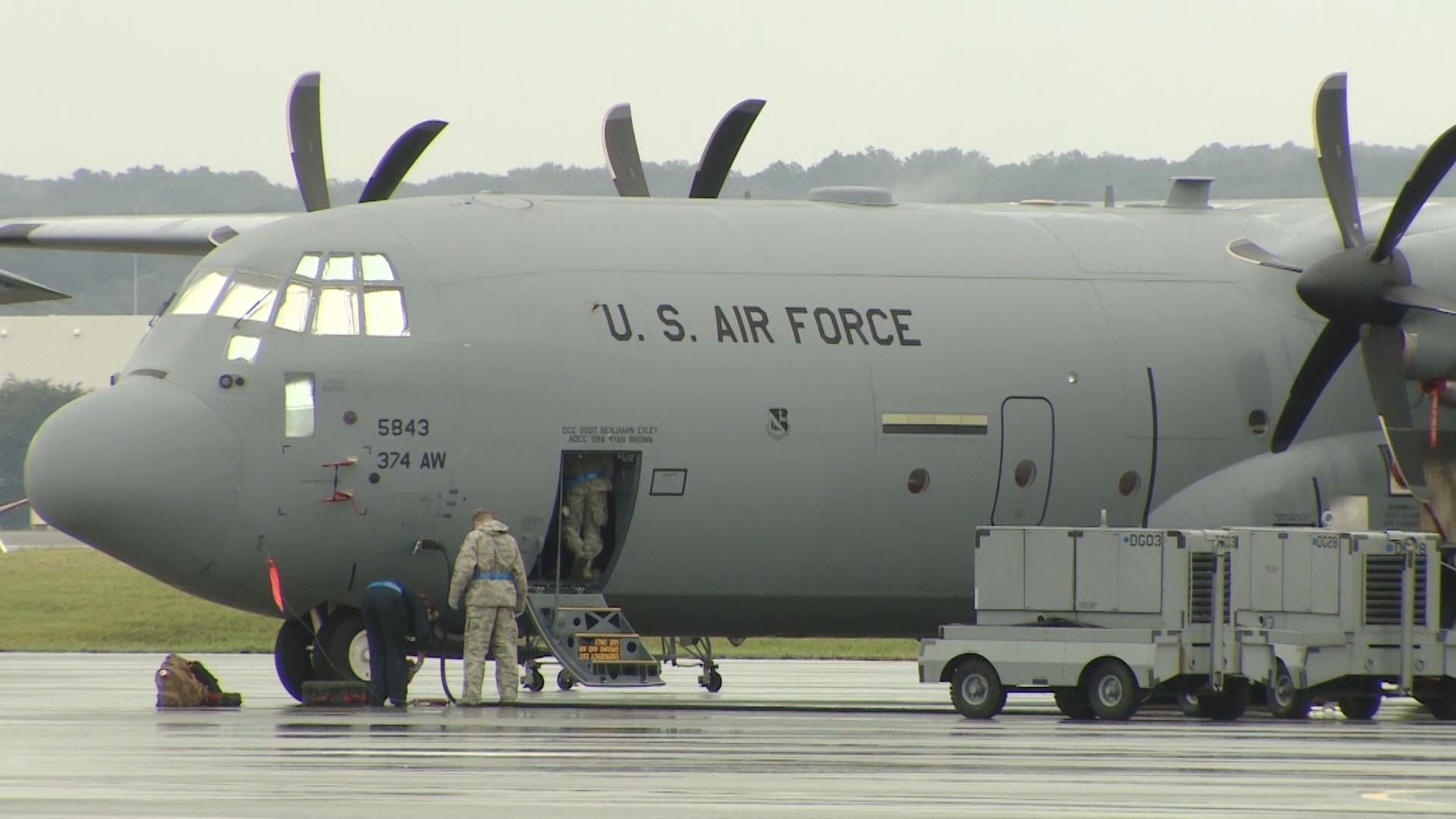
However, during the Second World War Japanese forces gained a negative reputation for the many that had to fight against them - and for some those feelings still remain today.
For some, the news that British and Japanese troops are working together was a painful reminder of the British Prisoners of War during WW2 - where some were starved almost to death after years of mistreatment by the Japanese. They were not freed until 1945.
Many had been in captivity since the Imperial Japanese Army captured Singapore in 1940.
Men known as Chindits took on the Japanese in the jungles of Burma.
Tony Redding’s father was a Chindit – fighting for months against the Japanese.
Mr Redding has written a book about them, speaking to the many that fought:
Mr Redding feels there’s a significant number who fought the Japanese in the 1940’s who will welcome today's UK military working with the Japanese.

